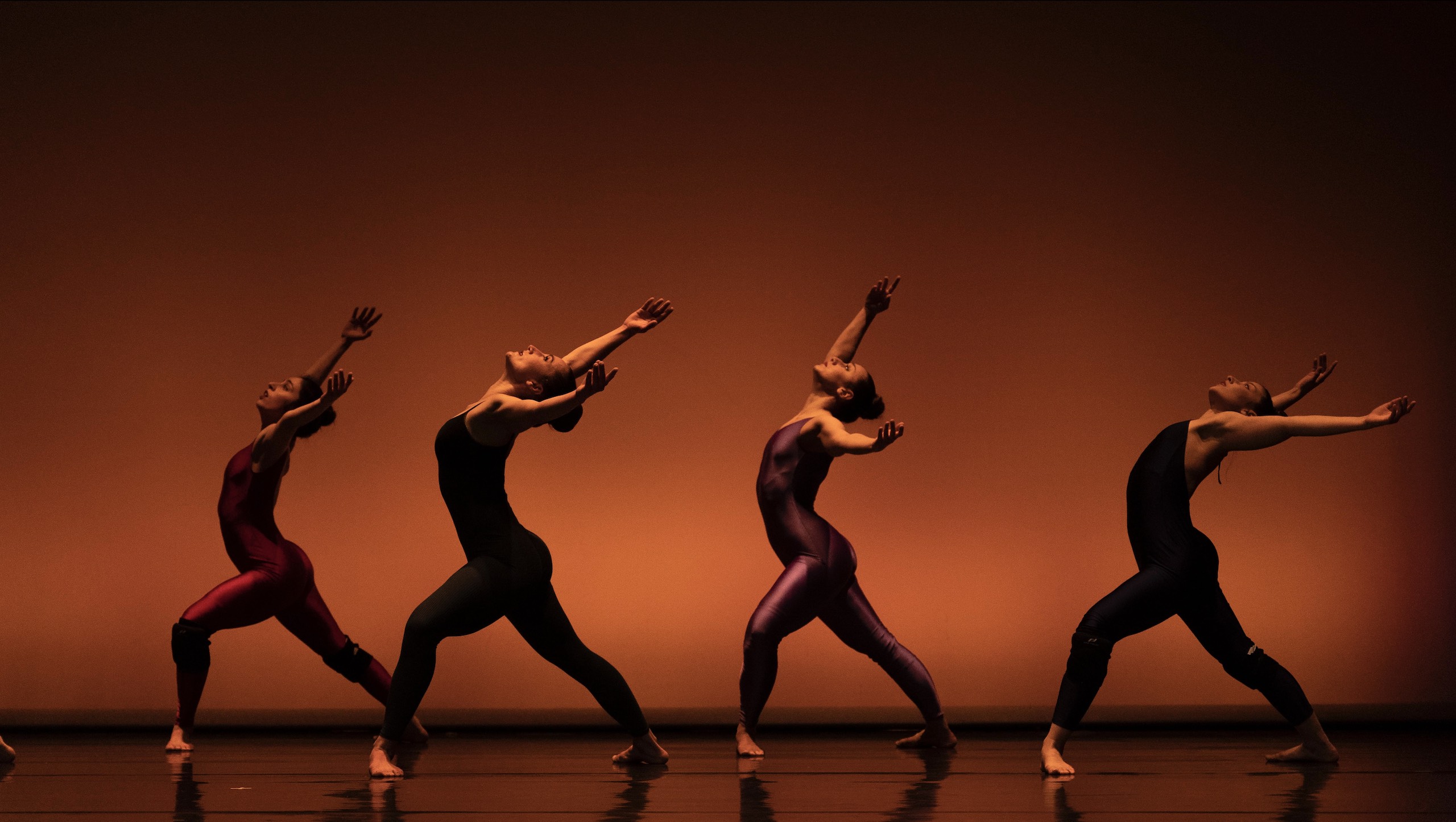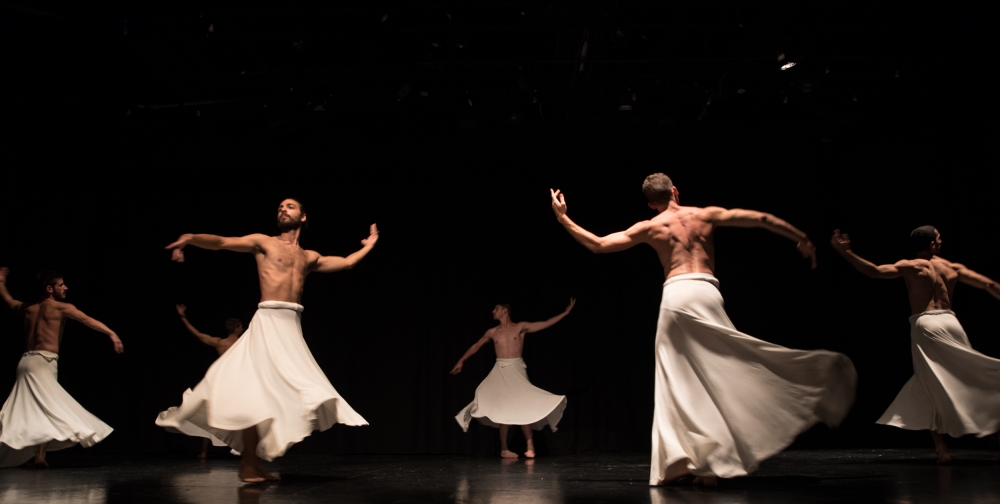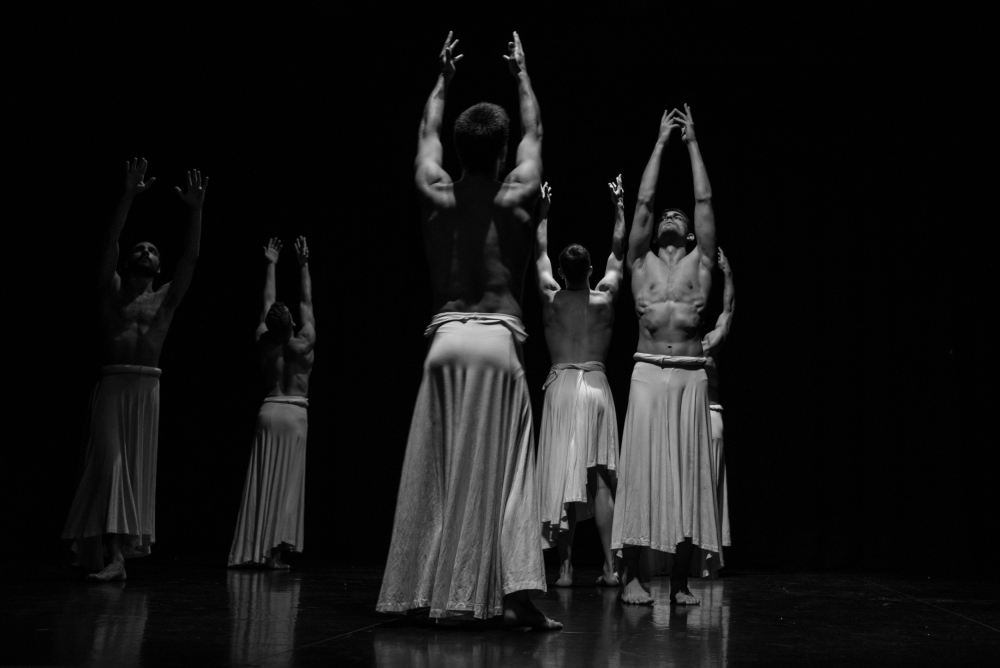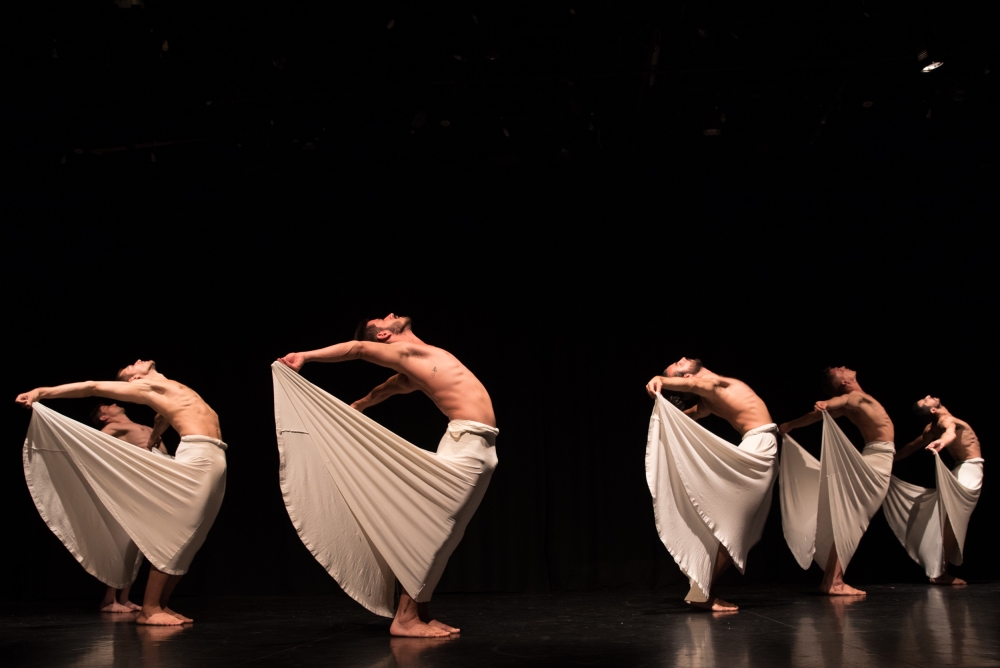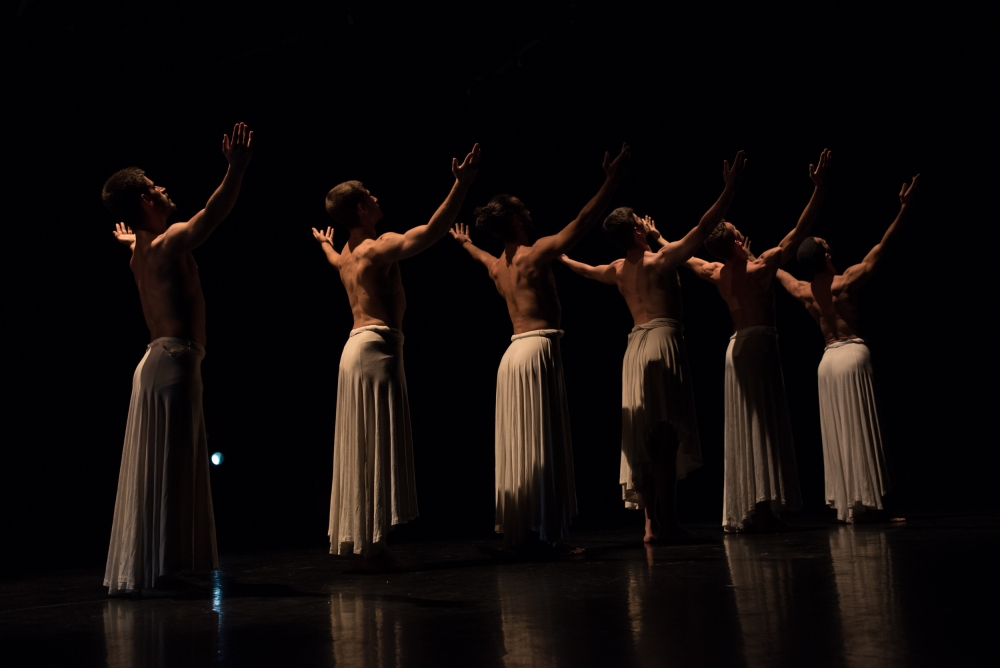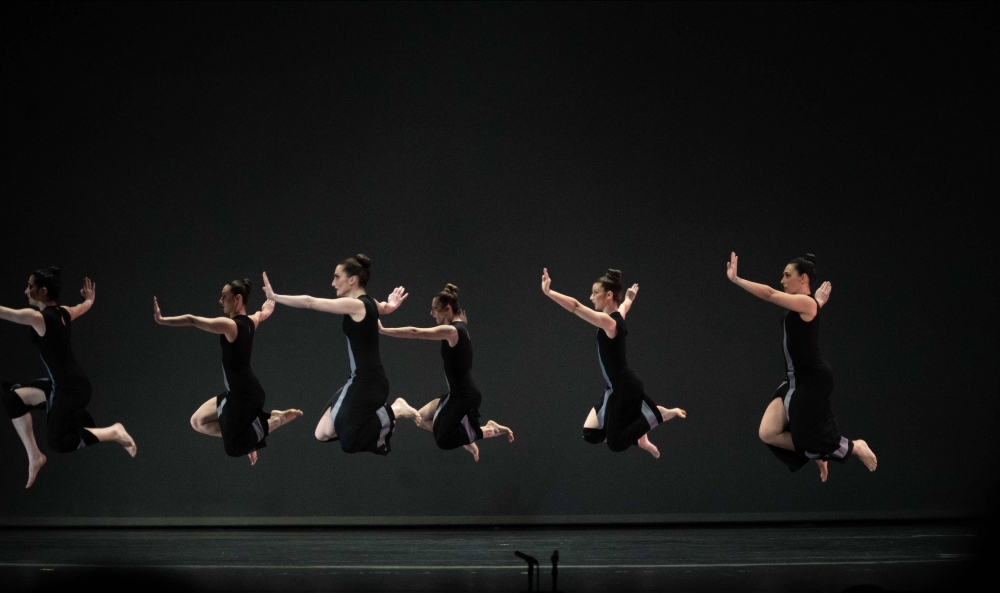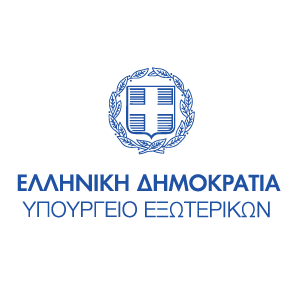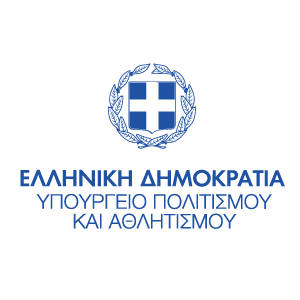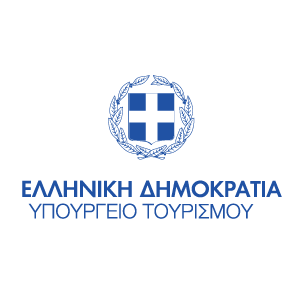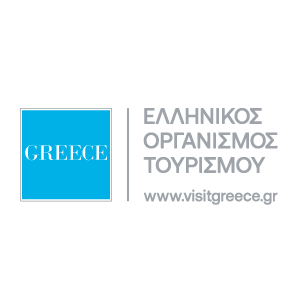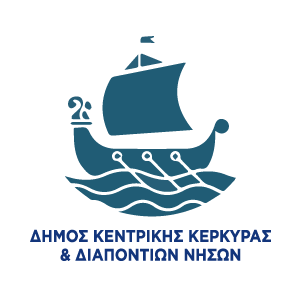ANCIENT GREEK MYTHOLOGY AND MARTHA GRAHAM / ANGELUS LEGATUS
Dance
Municipal and Regional Theatre of Corfu
- 11 Dec 2022 21:00TICKETS
On Sunday, 11 December, the audience will have the opportunity to enjoy two events that focus on dance.
ANCIENT GREEK MYTHOLOGY AND MARTHA GRAHAM
The initiative "Ancient Greek Myths through the Eyes of Martha Graham" combines classical literature with the art of contemporary dance to explore the way Martha Graham interpreted ancient Greek mythology and ancient Greek heroes, as they were an important source of inspiration in her work.
Drawing on her specialization in Classical Studies and her long involvement with dance, Dr. Nina Papathanassopoulou (Phd, Columbia University), Professor of Classical Studies at the International Center for Hellenic and Mediterranean Studies (ICMHS), will present her work in the field of dance. KE.ME.S.) in the College Year in Athens program, is creating this project in collaboration with Professor of Technique and Repertory at GRAHAM, Penny Diamantopoulou.
Each presentation alternates between speech and dance. Dr. Papathanasopoulou creates and presents an educational talk that focuses on a myth, theme or work by Graham and includes excerpts of her dance performances in collaboration with the Martha Graham Dance Center for Contemporary Dance.
The project is made possible with the support and permission of the Martha Graham Dance Center for Contemporary Dance in New York City.
ANGELUS LEGATUS
"...instead of creating a hope, we create ruins"
[Pericles Giannopoulos, 1869-1910].
Taking Yannis Moralis' and Michelangelo's Angels as a starting point, this lost hope is sought.
Six asexual, lonely figures perform a silent meditation in a space somewhere outside of time. Like Morales' Angels, they are a mediation of man to the divine and the divine to the vulnerable earthly. They are the spiritual messengers of our prayers, orders, invocations but at the same time the human emissaries of our frustrations and hopes. They are the bridges to the eternal and the invincible, the bridges to another world which contains the eternity and the transcendence of our life and death, of our permanent continuity with the universe. They are perceived and seen by the sound of the heavenly ceremonial atmosphere of Tchaikovsky's Cherubic Hymn.
Like the choral a cappella voices, these angelic forms gradually move in harmony and complementarily with each other. They come to awaken with their trumpeting sense of community over individuality. The composer himself said that "it is impossible not to be carried away by the poetry of this music, by the ecstasy of this choral explosion".
With the entrance of the string orchestra in Arvo Pärt's Trisagion, the invocation of these angels becomes more compelling, acquiring a gradual dramatic climax. In the frescoes of the Cappella Sistina, the angels' faces are distorted by the blast of the trumpet, while others move in very intense and daring contortions, causing cataclysms and catastrophes, which, in the end, announce the triumph of Good, and are proof that the promise of salvation is always valid. The purity of sound of Pärt's minimalist music propels these particular angels to move with violent momentum and speed towards the final message: meaning-filled silences that affirm the rightness of both what has gone before and what follows.
No waste, no need for someone to speak without having something to say. The sound of a single repeated chord. Spiritual messengers or human emissaries call us to action.
Two high-level performances with great actors at the Corfu International Festival.
MARTHA GRAHAM
Martha Graham (1894-1991) is one of the most important American dancers and choreographers of the 20th century. Time magazine declared her "Dancer of the Century" in 1998 and her influence on dance is considered to be equivalent to Picasso's influence on art. A pioneer in the creation and development of modern dance, she created the first systematic contemporary dance technique which has even been compared to classical ballet in its scope and size.

